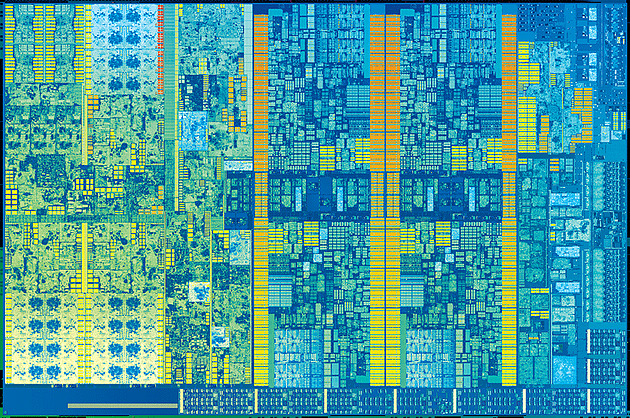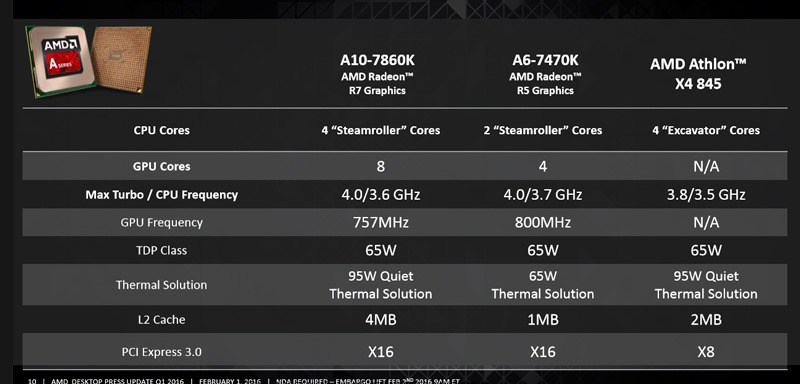AMD Ryzen 7 1800X vs Intel Core i7-6900K under Sniper Elite 4
We have here the first reliable performance test of an AMD Ryzen CPU, specifically the Ryzen 7 1800X, with 8 Zen cores and 16 threads at a Base/Turbo frequency of 3.60/4.00 GHz with a TDP of 95W and a price of 499 dollars, which was faced with the Intel Core i7-6900K, consisting of 8 Broadwell cores with 16 threads at Base/Turbo frequencies of 3.20/4.00 GHz with a TDP of 140W and a price close to 1021 dollars.

To fight this duel, the game Sniper Elite 4 was used accompanied by a CrossFire configuration of two Radeon RX 480. For the test to reflect the most reliable performance possible, the character was positioned exactly at the same point on the map with the camera focusing on the same point, revealing how, with both PCs running the game at 4K resolution, the Ryzen 7 1800X is a 6.6% faster, while the average running game translates to be a 6.7% more powerful average, not bad having 45W less TDP and costing practically half.

